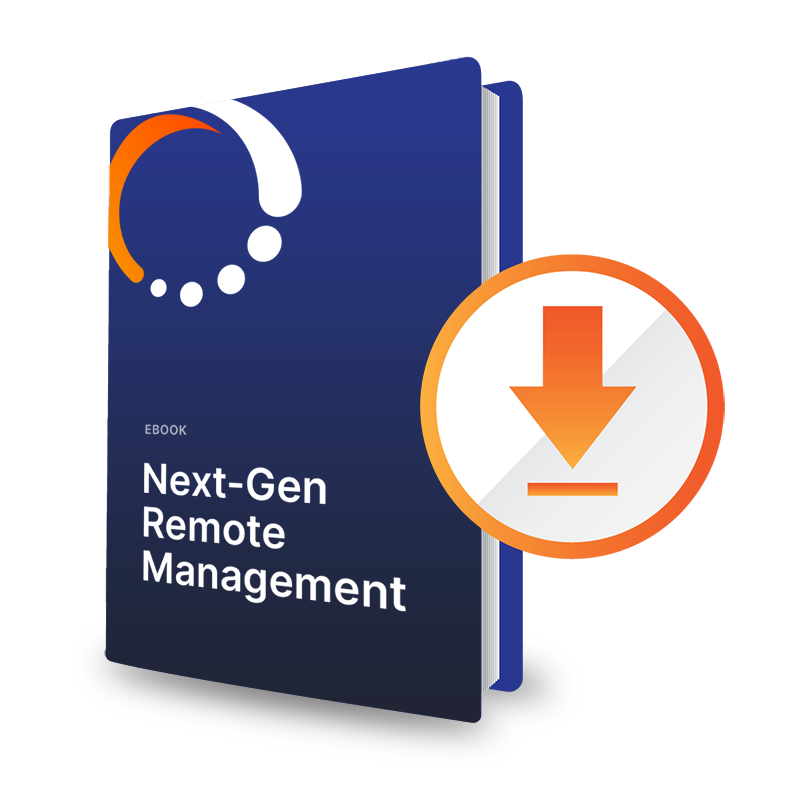Direction Clear: As Wayfinding Signage Market Booms, Remote Management Best Practices Emerge
As the digital signage industry continues to grow, finding the right RMM partner is critical.

- Businesses, cities and consumers are finding a steady new stream of uses for digital signage and owners of wayfinding signage networks are seeking the best way to monitor and manage digital signage assets so growing demand and innovation can translate to opportunity. Finding the right software platforms and management tools are proving to be key.
The latest industry analysis shows the market for digital wayfinding solutions will grow to more than $664 million by 2028. That’s a leap from $234 million just last year. A host of technology advances, from 3D mapping to AI and extended reality are making digital signage more dynamic and customizable while delivering all new consumer experiences.
Directional signage has become more enhanced and new navigational features are helping destinations and businesses grow their customer interactions and retain visitors. Meanwhile, digital wayfinding signage is popping up in places beyond just retail centers, including city streets, and is now claiming more real estate in offices and airports.
Signs, Signs, Everywhere Signs
There are four types of wayfinding signs: identification, directional, informational, and regulatory. Additionally, there are multiple types of advertising signage, including digital, outdoor, informational, persuasive and compliant signage.
Digital signage is typically defined as signage that allows facilities, businesses, or locations to provide dynamic information that can be changed based upon need. Digital wayfinding signage refers to signage that helps people orient themselves while they are in a building or outdoor location.
Software and hardware advances have made digital signage of all types more visually appealing and user friendly, which has sparked growing usage and adoption in a much wider variety of locations.
Multiple Uses, Multiple Sites
Airports, for example, have for years been adopting the latest in digital wayfinding signage to help passengers locate flights and navigate terminals. Such signage has become a key feature in customer experience enhancements aimed at keeping airports up to date and competitive, and new funding streams have been created to accommodate new technology and signage like those announced in upstate New York.
Facility owners, including office building managers, have also increasingly adopted enhanced digital signage. Medical office buildings use digital wayfinding signage to help patients find their way to physician and surgical appointments, for example.
In the post-pandemic environment, office building owners have stepped up their purchases and maintenance of digital signage to nurture new hybrid work environments. Wayfinding signage can now help employees find open desks and keep track of conference room bookings and occupancy, among other features that increase the efficiency of the workplace.
Improving Cities with Signs
Cities and municipalities, too, have launched new innovative digital signage initiatives. In Orlando, Fla. the Community Redevelopment Agency is eyeing the installation of digital kiosks in the Central Business District to help pedestrians with directions to key locations, as well as offer transit options, information on local events, and more.
In Atlanta, IKE (Interactive Kiosk Experience) Smart City, in partnership with the City of Atlanta, has unveiled the first in a series of digital interactive kiosks. The IKEs are designed to help visitors and residents access local businesses and navigate the city. A minimum of 25% of the network has been allocated to underserved communities.
Digital signage is a key component of smart city initiatives, which seek to use technology and Internet-of-Things innovations to make everything from traffic lights to infrastructure smarter and more efficient.
And as demand for digital wayfinding and signage increases, businesses providing these assets are seeking experienced partners to keep signage networks and kiosks up and running.
Software Support Needed
The right software platform is essential for operators of digital signage networks and kiosks. Software ensures easy collection, distribution, and presentation of signage information. And the right software platform should allow digital signage network operators to grow and scale.
Just as important as making sure signs are intelligent and digital displays are using the latest technology enhancements, is easy management, monitoring and integration. Digital signage software platforms should easily integrate with various information sources and devices. For example, social media, news and weather feeds, back-end systems (ERP, POS, CRM, calendars, etc…), cameras, and sensors.
Canopy provides a platform capable of managing large networks of connected devices. Canopy is a modern connectivity solution with real-time data capture, automation and analytics so there’s less downtime and more revenue.
Canopy allows kiosk operators to connect devices across multiple protocols and standards and the solution is configurable. Supported by the Backed by ATL initiative through the Metro Atlanta Chamber, the makers of Canopy are experienced in supporting Smart City assets, including the latest in digital wayfinding signage.
Canopy delivers a solution that allows for easy and scalable remote monitoring and management of digital signage. The software platform can detect signage issues, send alerts and provide remote fixes so that signs are always operating and information updated.
It shouldn’t be hard to build digital signage networks that operate efficiently and offer the latest, dynamic displays and features. As the digital signage industry continues to grow, finding the right partner is critical.
If you would like to learn more about how Canopy can help you scale your digital signage business, call us today and set up a free demo.













